Why I'm picking Google in the battle of the Galaxy Z Fold 3 vs. Pixel 6 Pro

As someone who uses and owns far too many phones, one is never truly satisfied with their smartphone experience. One day it's needing a larger screen because my eyes don't want to work right, another day my hands are too tired and I want something light and portable. But no matter what the case is, I'm always on the lookout for the "next best thing."
But it's an uphill battle as the phone that I truly want has not yet been available, and that's a flagship-level Pixel with all of the bells and whistles. However, thanks to Google's decision to show off the Pixel 6 Pro ahead of its launch this fall, it may just be the phone that I'm looking for. From its sleek and phenomenal-looking design to the vastly improved (fingers crossed) camera system, the 6 Pro could provide everything one could want from a non-folding phone.
Now that the Galaxy Z Fold 3 is official, this is the most exciting update to folding phones since the Z Fold 2 stole my heart last year. This iteration doesn't completely change the way the phone looks, and it's definitely a more subdued upgrade compared to the jump between the original Galaxy Fold and the Galaxy Z Fold 2. And while many of my qualms have been answered, such as the addition of S Pen support and a proper IP rating, the Pixel 6 Pro is still lurking in the shadows.
The Galaxy Z Fold 3 is compelling
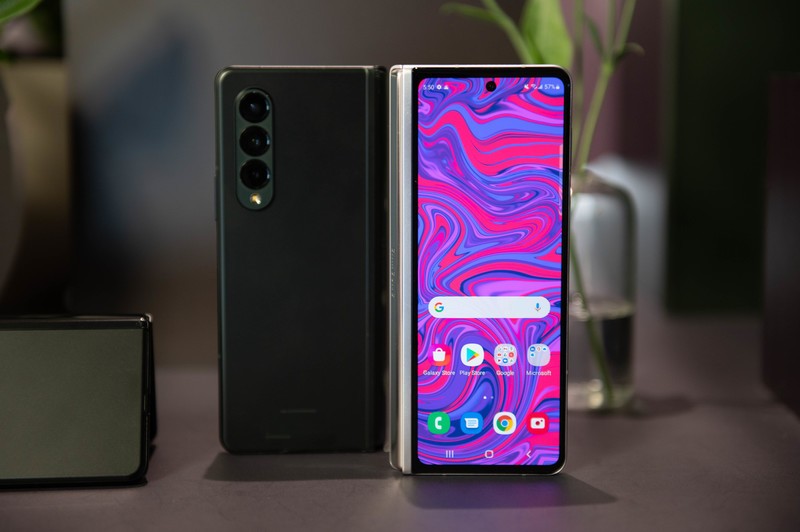
One of the more subtle yet defining features of the Galaxy Z Fold 3 is the new under-display camera sensor found on the main 7.6-inch screen. It practically disappears when the display is turned on, creating an uninterrupted experience across the whole screen. Truthfully, I never really use that inner-display selfie camera, so hopefully, this under-display one will help everything blend even better than before.
As someone who is simply addicted to note-taking and to-do apps, the S Pen support is one of those "must-have" features for me. Then, you throw in the fact that this is possible thanks to the display that Samsung claims is 80% more durable, and it's a no-brainer. But wait, there's more. Samsung not only introduced an S Pen designed specifically for the Z Fold 3, but it also introduced the S Pen Pro that adds even more features and functionalities that former Galaxy Note owners love.
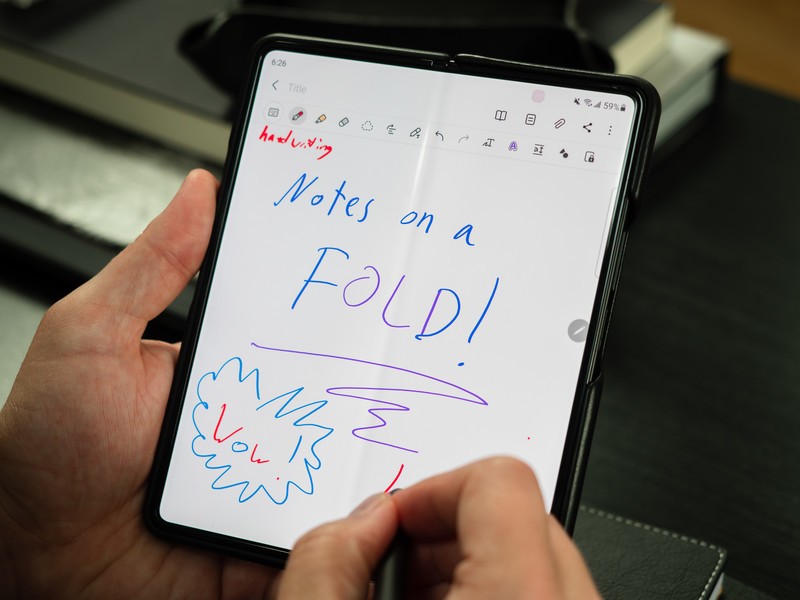
I care, albeit not as much, about the updated processor. We see the same Snapdragon 888 found in many of the best Android phones released this year. But this was a foregone conclusion before the leaks about the Z Fold 3 even started. And I'm also happy that the Cover Screen was upgraded to include a 120Hz refresh rate, something that the Fold 2 should have already had. But there's still something nagging at me about whether I should really grab the Fold 3.
My biggest complaint about the Galaxy Z Fold 2 hasn't been remedied with the Z Fold 3. By many accounts, the Galaxy S21 Ultra is the phone with the best camera, so until recently, I was hoping we would see at least the primary sensor make its way to the Z Fold 3. This is what Samsung used to do with the Galaxy Note series, so that, paired with the exorbitant price tag, made me believe that Samsung would do the same with the Fold. But things aren't looking that way.
Get the latest news from Android Central, your trusted companion in the world of Android
Bringing back the same camera system from the Z Fold 2 is simply disappointing.
Instead, Samsung decided to bring over the same 12MP camera array from the Z Fold 2 and threw it in the Z Fold 3. This is just a downright disappointment and something that I would expect for a mid-range or even a near-flagship phone, but not one that comes in at $1,800. Yes, the price reduction is a nice touch, but it's clear that Samsung does not think Galaxy Z Fold owners need the best cameras it has to offer.
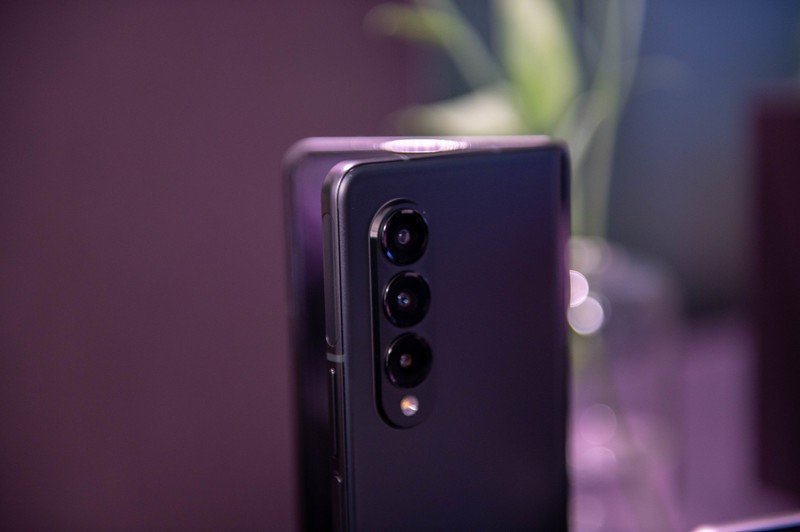
Cutting-edge technology is really nice, don't get me wrong, but I want a phone that is the complete package. Not just one that's about 85% complete, with some re-used parts from the past. And I'm not even asking for the entire Galaxy S21 camera system to be ported over. Just the main lens. We've been living with phones re-using the same useless secondary and tertiary macro or depth sensors for years. I've gotten over my frustrations with that, but I really wish Samsung would've thrown us a bone here.
I'm 100% sure that the picture and video quality coming out of the Galaxy Z Fold 3 will be fine. But I don't want fine. I want great. And this is where the Pixel 6 Pro comes into play.
Deciding between the Galaxy Z Fold 3 vs. Pixel 6 Pro
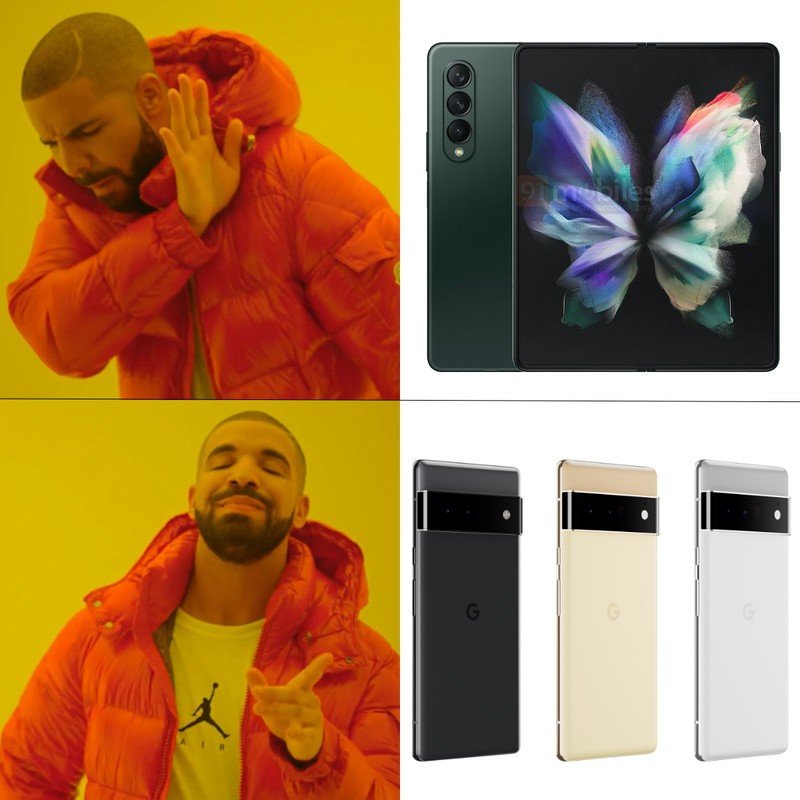
Recently, I wrote about the glory days of rooting and shared some of my excitement from the days of the Nexus 4. See, I've always been a big fan of stock Android, and until recently, I shied away from Samsung's One UI. But the Pixel 6 Pro (and Pixel 6 for that matter) have me shaking in my boots due to sheer excitement.
We've been seeing the rumors and leaked renders, but I didn't want to believe them. I didn't want Google to get my hopes up just to have them shattered. After last week's surprise announcement, I caved, and the Pixel 6 Pro can't get here fast enough.
Last year was a disappointment

Last year's Pixel 5 was a pretty great phone by many accounts, and it's begrudgingly sitting here on my desk. I say begrudgingly because I didn't want the Pixel 5 in the form that it arrived in. As one of the few that loved the Pixel 4 (give me the Oh So Orange colorway again), there was hope that Google would go back to the drawing board.
And it did. But not in the way we expected. 2020 marked a "play it safe" year for Google, essentially releasing three "a" series of phones in the Pixel 4a, Pixel 4a 5G (Pixel 5), and Pixel 4a 5G XL. It removed the Pixel Neural Core, so image processing was slower than molasses at times, especially when trying to capture pictures of the constellations at night.
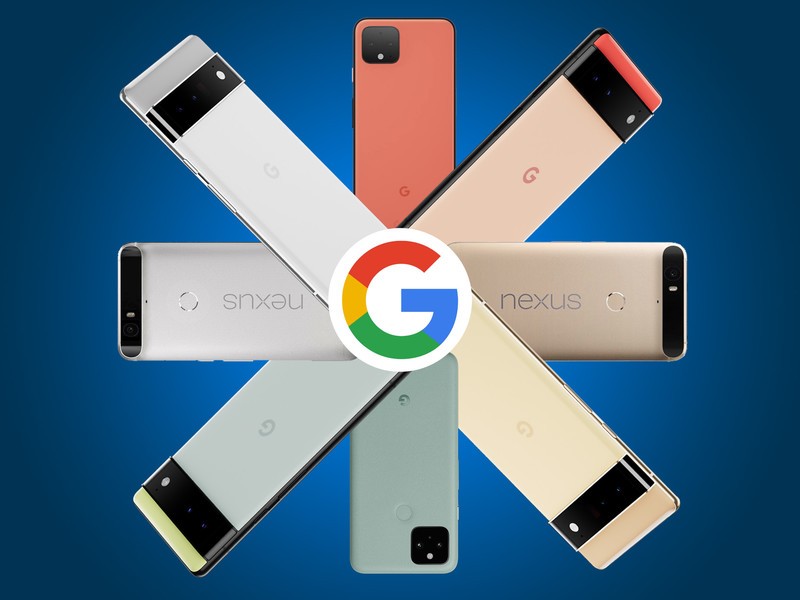
Processing power was fine, as Google already does a pretty great job at software optimization. So the inclusion of the mid-range Snapdragon 768G didn't really bother me all that much. Plus, the Sage Green color has become my third favorite colorway, behind the Oh So Orange from the Pixel 4. For the record, the Panda Pixel 2 XL remains my favorite of all time.
It was clear that Google was a bit lost after seeing how the three 2020 Pixel devices were launched. I mean, the Pixel 4a 5G came after the Pixel 5, which didn't make much sense to me. But it's time to let bygones be bygones and look to the future. Because the future is freaking bright.
Give me 'The Google Phone'
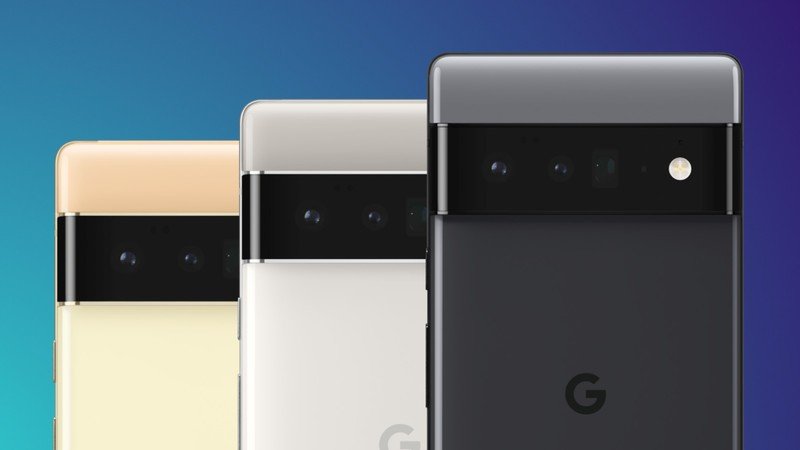
Man, oh man. The Pixel 6 Pro is everything I've wanted from Google. Bucking the trend of boring designs, Google is swinging for the fences, and that's for good reason.
With the Pixel 6 and 6 Pro, Google is finally debuting its own in-house chipset, formally known as Whitechapel. Google Tensor has a lot going for it and should really let Google flex its muscles. Building a phone from the ground up and creating a custom processor gives the company complete autonomy over its phone.
From image processing to software optimization and everything in between, this move puts Google firmly in the Apple and Samsung camp. Both of those companies already create their own custom silicon, with Apple's A-series of chipsets for the iPhone and Samsung with its Exynos processors. At least in the case of the iPhone, it's one of the reasons why Apple's phone feels so smooth, despite having an archaic 60Hz refresh rate.
Moving past that, look at the design. Looking at the cyborg camera bump hearkens me back to the Nexus 6P days. But the real story is in the camera sensors. For the first time since the Pixel 2, Google is expected to FINALLY upgrade the actual cameras. Between a 50MP primary lens and a 48MP telephoto sensor on the 6 Pro, paired with Tensor's image and video processing, Google is likely to take back the top spot as the best camera phone, if not the best Android phone.
Years after trying and trying and trying, The Google Phone is finally on its way. It's just a shame that I have to wait even longer to get my hands on it. But when it comes, all of my other phones are being put in a box somewhere.

Andrew Myrick is a Senior Editor at Android Central. He enjoys everything to do with technology, including tablets, smartphones, and everything in between. Perhaps his favorite past-time is collecting different headphones, even if they all end up in the same drawer.

